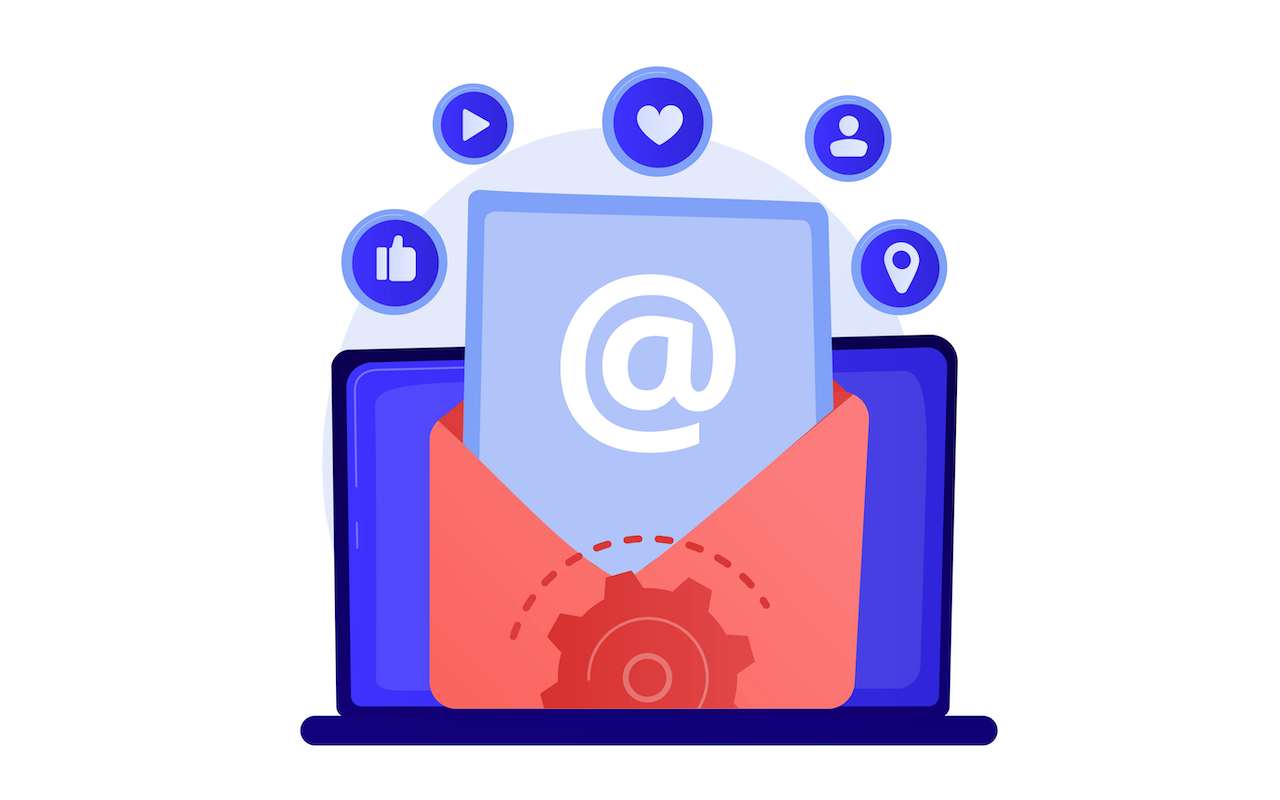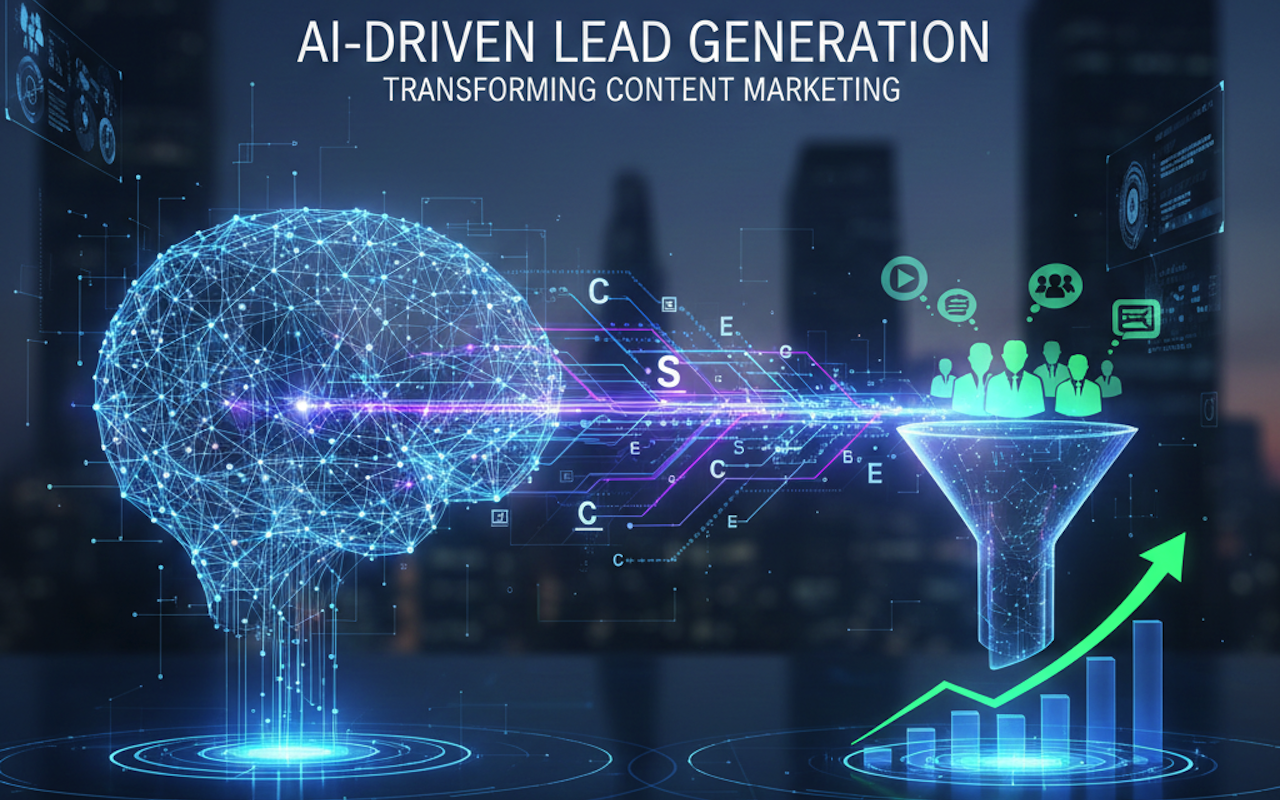
Email marketing has evolved quite a lot over the years. In the past, companies used to send emails with simple text or images. Now, emails have become smarter, more personalized, and interactive. Businesses no longer send mass emails. Instead, they target the ideal person with the right message at the right time. This shift in email marketing is because of three major influences: Artificial Intelligence, interactivity, and multimodal content. All of these trends will shape the future of business email marketing.
In this article, we’ll explore how each of these trends has been shown to improve email marketing results and how your business and marketing operations can apply them in a few simple, effective ways.
The Emergence of AI in Email Marketing
Email marketing is being transformed by advanced AI tools. Instead of trying random methods, businesses now use AI and machine learning to send timely, personalized, and relevant emails. AI is beneficial for three key areas of email: ccontent generation, audience segmentation, and identifying the best time to send.
AI tools can personalize email marketing offers in an automated way. For instance, AI tools can create engaging email content and subject lines, and even determine the most suitable time to send an email. Some tools, like GPT or Phrasee, help email copy sound more humanistic and match the brand's voice. But the biggest advantage is AI's ability to group consumers by behavior, interests, or purchase history so that they receive content that matches their preferences.
For example, an e-commerce brand can use AI to suggest products based on what a customer recently viewed. Similarly, a software company might use AI to test different subject lines and see which one gets more opens.
AI-generated campaigns bring clear results, such as higher open and click rates, more replies, and faster results. They also save time by automating the writing and testing process. Instead of creating 10 variations of a specific piece of content manually, businesses can quickly test ideas and scale what works.
What Role Does Interactivity Play in Modern Email Marketing?
Through interactive emails, subscribers can engage directly with their message without ever leaving their inboxes. Instead of simply reading an email and clicking a link to visit a website or view promotional content, users can swipe through carousels, answer polls, rate products, and preview product mentions—all within the email itself.
This is known as engagement-driven email marketing and it is quickly becoming one of the most powerful methods for improving marketing email performance.
Interactive features like hover effects, clickable buttons, and product previews make emails more valuable and enjoyable for users. Email marketers can also receive better and faster responses from customers. If a customer can select a time slot or provide feedback directly within the email, here’s no need to visit a website—shortening the user journey and increasing the chances of conversion.
AMP for Email and MJML are some of the technologies that have made it simpler to construct these interactive emails. Both of these tools support a plethora of rich interactive features which function on the company-supported email platforms like Gmail and Yahoo Mail.
Several businesses have benefitted from using interactive emails. FOr example, a fashion retailer utilized in-email carousels to display several products, which led to increased customer clicks and purchases. A service provider embedded surveys directly into emails, allowing customers to give feedback without taking extra steps.
Simply put, interactive emails are engaging and eliminate friction. A user is more likely to take action if they find your email engaging and easy to use.
How Does Email Support a Multichannel Campaign?
A multimodal or multi-channel campaign simply means your campaign is being delivered through more than one platform. In other words, by using email alongside other channels like SMS, social media, push notifications, and chatbots, you’re providing your audience with a complete customer experience. This approach is known as omnichannel marketing.
Email is no longer limited to a single platform—it now plays a central role across multiple marketing channels. Now, savvy email campaigns are part of a larger strategy. For example, a user might receive an email, then a follow-up SMS reminder, and later see similar content on social media. These coordinated messages across various channels help build trust with the user and keep your brand top of mind.
Multichannel email campaigns ensure the same message is delivered across all channels to maintain clarity and provide users with a consistent customer experience, no matter where they choose to engage with your brand.
Automated platforms like Mailchimp, HubSpot, and Salesforce Marketing Cloud let users create cross-channel experiences by automatically delivering users the right message at the right time, on the right channel, using customer data.
One important factor in building relationships across channels is using a single customer profile. When all user activity—whether from email, app usage, or web visits—is visible in one place, it becomes much easier to send personalized messages that resonate.
Key Considerations When Using AI in Email Campaigns
Email marketing is becoming more advanced, but there are several significant challenges to consider. One major challenge is email privacy. Legislation like GDPR and CCPA require businesses to handle user data responsibly and obtain explicit consent before sending marketing emails or tracking user behavior.
Another challenge is deliverability. There's no point in crafting a beautiful and engaging email if it ends up in the spam folder. Maintaining sender reputation and avoiding spam-like content is really vital in email marketing.
There are also technical challenges. Using AMP or dynamic content can be complex, as not all email platforms support these features. You may need additional tools or help from a developer. Finally, while automation improves efficiency, overusing it can make emails feel impersonal and robotic. It's essential to maintain a human touch in your messaging.
How to Evolve with AI-Driven Email Strategies in 2025?
To develop an effective email marketing strategy in 2025, you will have to revamp your tools. Utilize AI for better targeting and access AMP readiness for interactive content. It’s essential to shift to mutable content blocks, allowing you to update parts of your email by simply changing individual components instead of starting from scratch.
Invest in automation and data platforms that track user activity and send intelligent messages based on user behavior. Don’t try to change everything at once. Start small with new features, experiment with what works, and build from there.
You should also train your team on current tools, design standards, and best practices. If they can effectively understand AI and implement dynamic email strategies, your results will improve.
Ultimately, future-proof email strategies rely on smart tools, quality data, adaptable design, and a well-equipped team that can evolve and grow.
Key Takeaways
Email marketing is growing very rapidly. With the help of AI, there are now more types of interactive content and an increase in multimodal campaigns. These new technologies bring smarter, more engaging, and more connected emails for diverse audiences across various channels.
As always, marketers must be willing to explore new approaches and tools to remain competitive. Today, personalization and user experience are essential. B2B brands that keep their emails clear, helpful, and tailored will achieve better results moving forward.
Featured Image by Freepik.
Share this post
Leave a comment
All comments are moderated. Spammy and bot submitted comments are deleted. Please submit the comments that are helpful to others, and we'll approve your comments. A comment that includes outbound link will only be approved if the content is relevant to the topic, and has some value to our readers.




Comments (0)
No comment